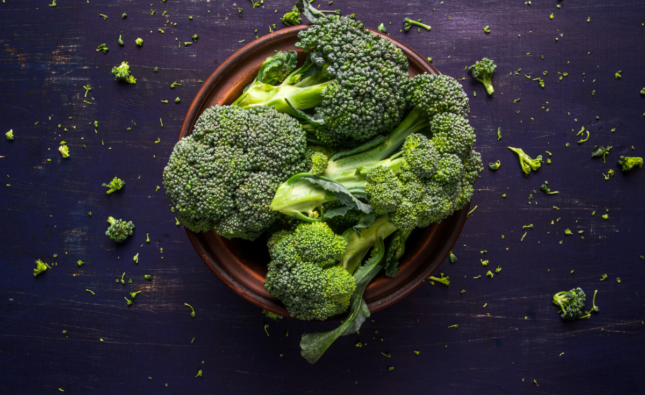
In biopharmaceutical manufacturing, viral clearance is a crucial step that ensures the safety of the final product. The process involves eliminating or reducing the risk of virus contamination in biological products, such as monoclonal antibodies, vaccines, and gene therapy products. This article provides an overview of the viral clearance process, its importance, and the methods used to achieve it.
Introduction
Viral contamination is a significant concern in biopharmaceutical manufacturing as it can lead to serious health consequences in patients. Viruses can be introduced into the manufacturing process through raw materials, equipment, and personnel. Therefore, the elimination or reduction of virus contamination is essential to ensure the safety and efficacy of the final product. Viral clearance is a critical step in the manufacturing process that aims to achieve this objective.
Request a Sample PDF Brochure: https://www.fortunebusinessinsights.com/enquiry/request-sample-pdf/viral-clearance-market-105611
What is Viral Clearance?
Viral clearance is a process that involves the removal or inactivation of viruses in biological products, such as monoclonal antibodies, vaccines, and gene therapy products. The process aims to eliminate the risk of viral contamination in the final product. Viruses can be introduced into the manufacturing process through various sources, such as raw materials, equipment, and personnel. Therefore, the process of viral clearance is essential to ensure the safety and efficacy of the final product.
Importance of Viral Clearance in Biopharmaceutical Manufacturing
The importance of viral clearance in biopharmaceutical manufacturing cannot be overstated. The process is critical to ensuring the safety and efficacy of the final product. Viral contamination can lead to serious health consequences in patients, including infections, diseases, and even death. Therefore, it is essential to eliminate or reduce the risk of virus contamination in biological products.
In addition to ensuring the safety of the final product, viral clearance is also important from a regulatory perspective. Regulatory agencies, such as the US Food and Drug Administration (FDA) and the European Medicines Agency (EMA), require that biopharmaceutical manufacturers demonstrate the effectiveness of their viral clearance process to ensure the safety of the final product.
Regulatory Guidelines for Viral Clearance
Regulatory agencies, such as the FDA and EMA, provide guidelines for biopharmaceutical manufacturers regarding viral clearance. These guidelines outline the requirements for demonstrating the effectiveness of the viral clearance process and ensuring the safety of the final product. The guidelines also provide recommendations for the methods and procedures that should be used for viral clearance.
Methods Used for Viral Clearance
There are several methods used for viral clearance in biopharmaceutical manufacturing. These methods can be classified into three categories: physical removal methods, inactivation methods, and filtration methods.
- Physical Removal Methods
Physical removal methods involve the separation of viruses from the biological product based on their physical properties. These methods include centrifugation, chromatography, and precipitation.
- Inactivation Methods
Inactivation methods involve the destruction or inactivation of viruses in the biological product. These methods include heat treatment, chemical treatment, and irradiation.
- Filtration Methods
Filtration methods involve the removal of viruses from the biological product through a filtration membrane. These methods include depth filtration, ultrafiltration, and nanofiltration.
Challenges in Viral Clearance
While viral clearance is a critical step in the manufacturing process, it comes with its own set of challenges. One of the biggest challenges is the diversity of viral particles that can potentially contaminate the product. Viruses can vary in size, shape, and characteristics, making it difficult to develop a one-size-fits-all approach for viral clearance.
Another challenge is the potential impact of viral clearance methods on the quality and efficacy of the final product. Some viral clearance methods can affect the product’s stability, activity, and purity, leading to product loss or reduced efficacy. Therefore, it is essential to balance the need for viral clearance with the need to maintain the product’s quality and efficacy.
Conclusion
Viral clearance is a critical step in the manufacturing process of biopharmaceuticals. It involves the removal or inactivation of viral particles that may contaminate the product and compromise its safety and purity. There are several methods of viral clearance, including physical, chemical, and biological methods, each with its own advantages and limitations. However, the choice of method depends on the specific requirements of the product and the stage of the manufacturing process.















